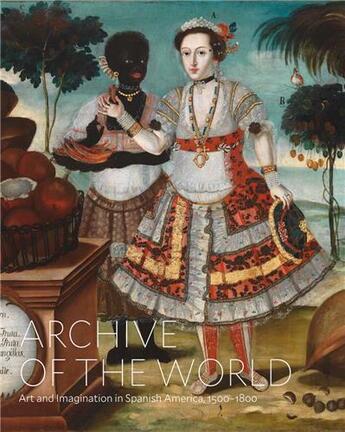-
Date de parution : 01/06/2022
-
Editeur :
Dap Artbook
-
EAN : 9781636810201
-
Série :
(-)
-
Support :
Papier
Résumé:
Including textiles, paintings and decorative arts, Archive of the World offers a lucid alternative to traditional interpretations of art from the so-called New World.
Exquisitely illustrated with new photography, this stunning book represents the first comprehensive study of LACMA's notable... Voir plus
Including textiles, paintings and decorative arts, Archive of the World offers a lucid alternative to traditional interpretations of art from the so-called New World.
Exquisitely illustrated with new photography, this stunning book represents the first comprehensive study of LACMA's notable holdings of Spanish American art. Following the arrival of the Spaniards in the Americas in the 15th century, the region developed complex artistic traditions that drew simultaneously on Indigenous, European, Asian and African art. In 1565 the Spaniards conquered the Philippines, inaugurating a new commercial route that connected Asia, Europe and the Americas. Private homes and civic and ecclesiastic institutions in Spanish America were filled with imported and locally made objects. This confluence of riches signaled the status of the Americas as a major entrepôt--what one contemporaneous author described as "the archive of the world." Many works created in Spanish America were also shipped across the globe, attesting to their wide appeal.
Arranged into five thematic sections, the volume features a conversation about LACMA's collection and nearly 100 catalog entries by various scholars, including Pablo F. Amador Marrero, Aaron M. Hyman, Rachel Kaplan, Paula Mues Orts, Jeanette F. Peterson, Elena Phipps, Maya Stanfield-Mazzi and Luis Eduardo Wuffarden, among others. These authoritative texts offer multiple access points to appreciate the material, aesthetic and historical aspects of the works, providing a lasting reference in this increasingly influential area of art history.
Donner votre avis














